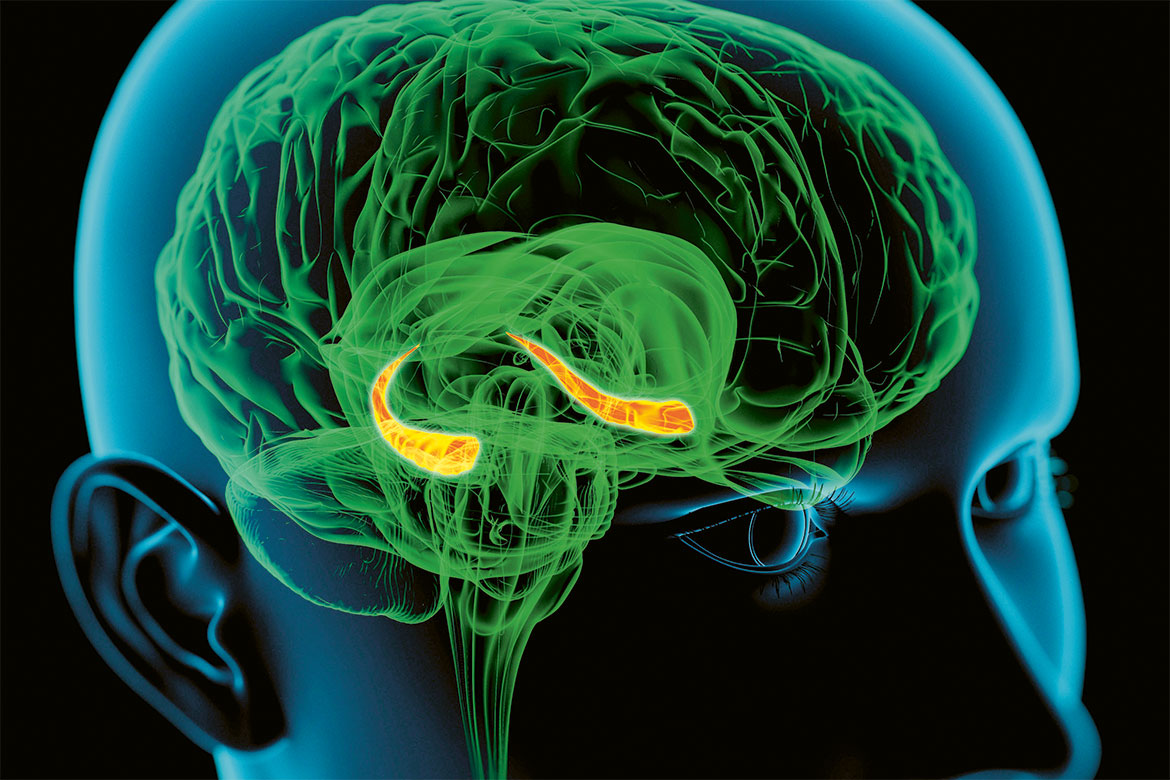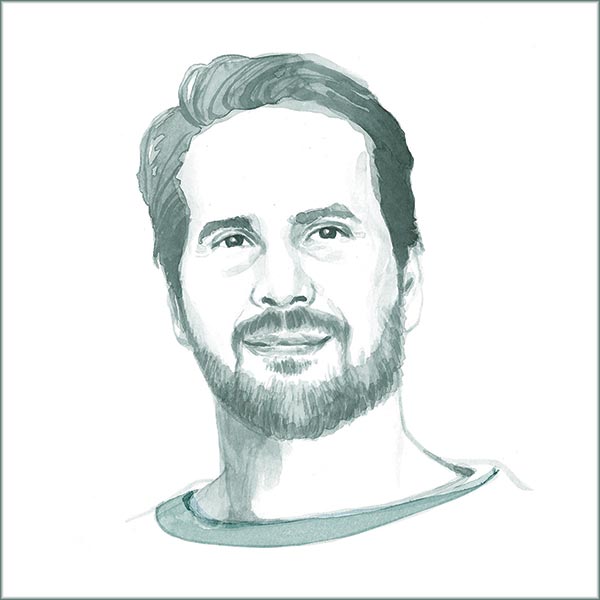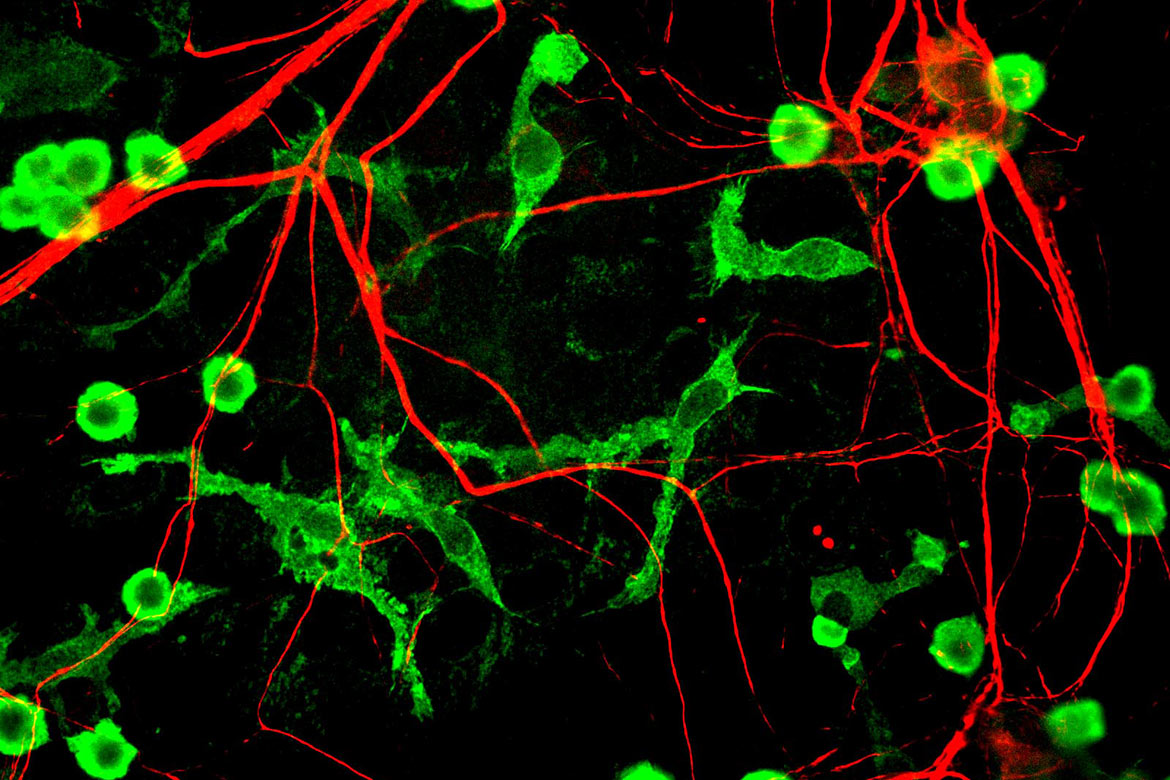Treating traumatic memories
The further back a traumatic experience lies, the more difficult it is to treat. Neurobiologists are looking for the reasons.

Fresh memories land in the hippocampus; older ones are distributed throughout the brain. | Image: Keystone/SPL/Roger Harris
Traumatic experiences, such as an accident or a violent attack, leave behind deep scars in our psyche. In exposure therapy, those affected confront their fears in a secure environment, potentially helping them to ‘overwrite’ their bad memories. But the further back the trauma lies, the less effective it is.
In order to understand the long-term effect, researchers from the Brain Mind Institute at EPFL gave mice an electric shock. Thirty days later – a long time for mice – they investigated which regions of the brain were activated by memories of it. A marker protein showed the neurons that were triggered.
Recent memories are localised in the hippocampus in the brain’s interior. But in mice that had suffered an electric shock in the more ‘distant’ past (relatively speaking), the researchers found additional activity in different regions of the forebrain such as the prelimbic cortex. If the mice were afterwards subjected to a kind of exposure therapy, then the same, different structures of the brain were activated. “So there are lots of regions of the brain involved in overwriting traces of old memories. There is no single area that is solely responsible for switching off fear”, says Johannes Gräff, who is running the study. It is the distribution of this activity through different regions of the brain that means exposure therapy becomes less effective.
These results coincide with investigations into patients suffering from post-traumatic stress disorder, whose prelimbic cortices also demonstrate intensified activity, for example. This is why Gräff is hoping that his findings might help to improve trauma therapies. “We want to understand how bad memories are stored over a longer period of time. But it’s even more important to us to understand how we can change them”.
Yvonne Vahlensieck




